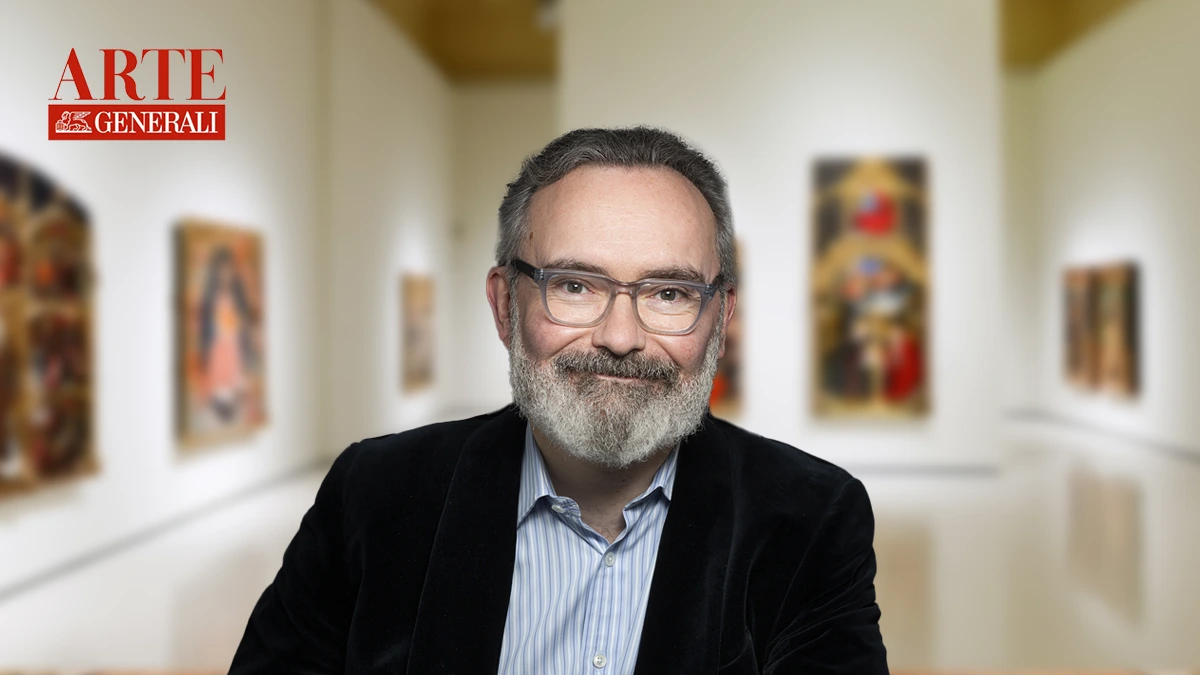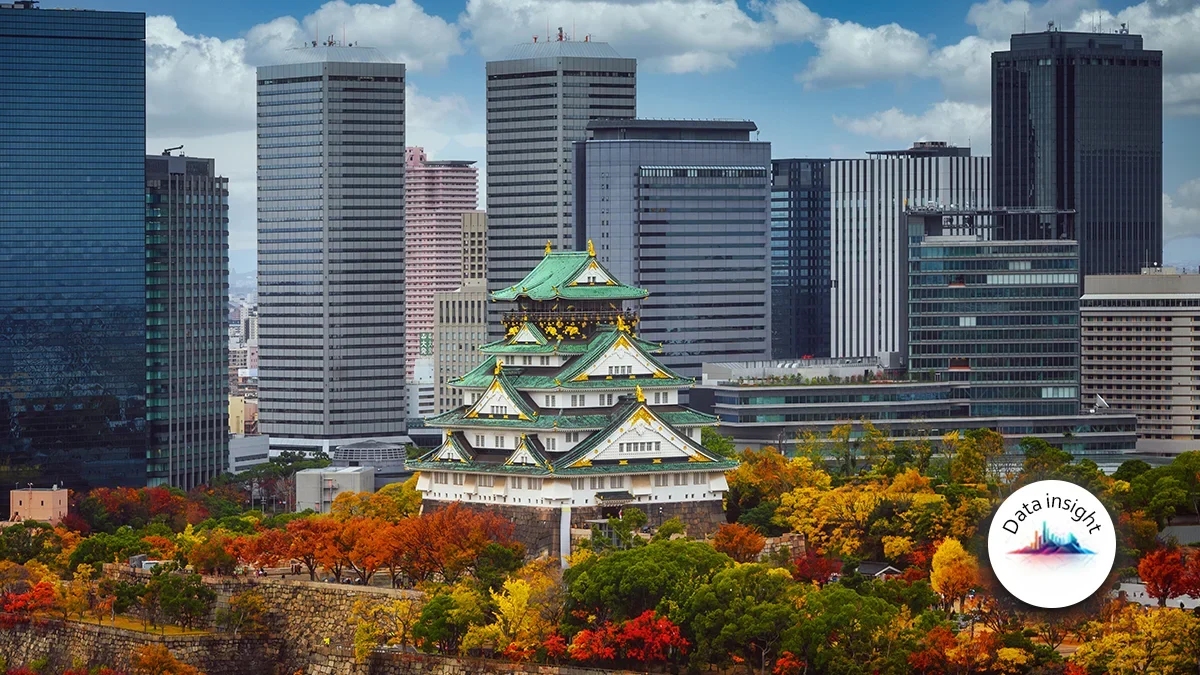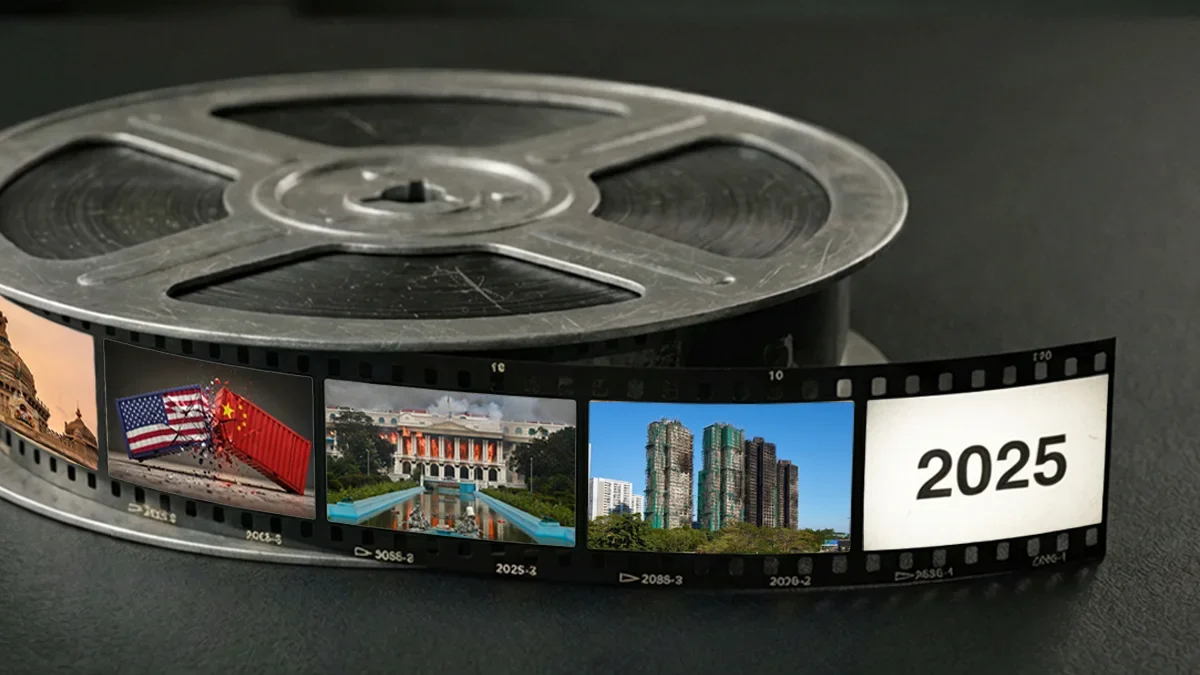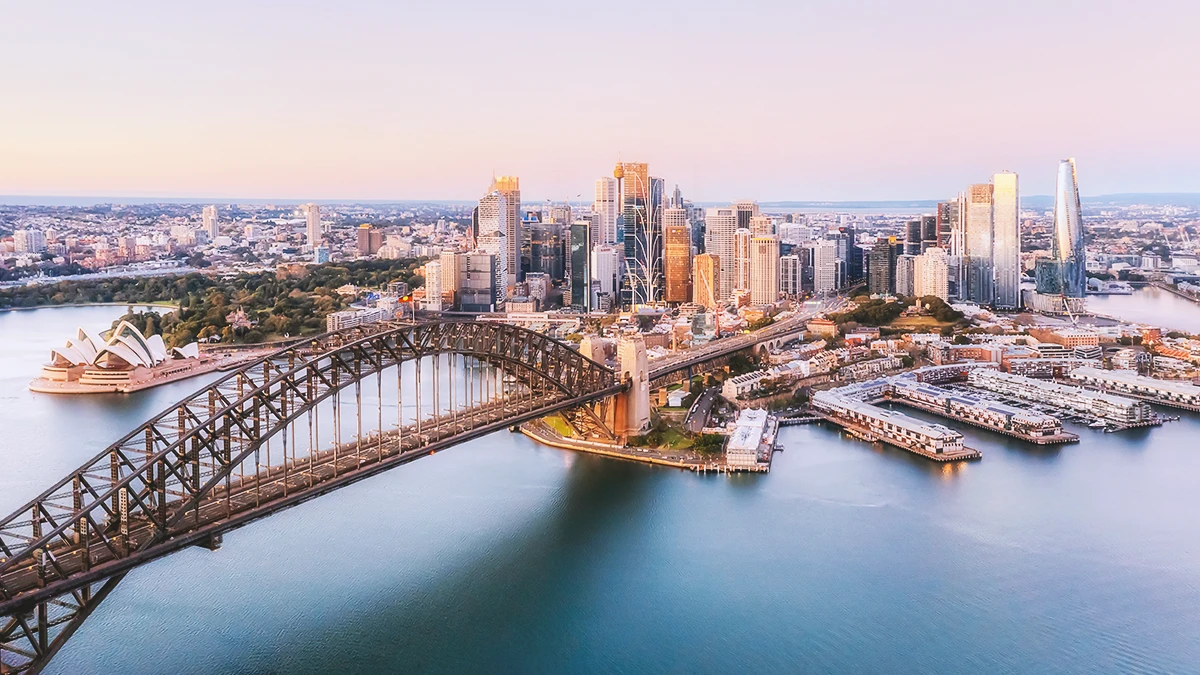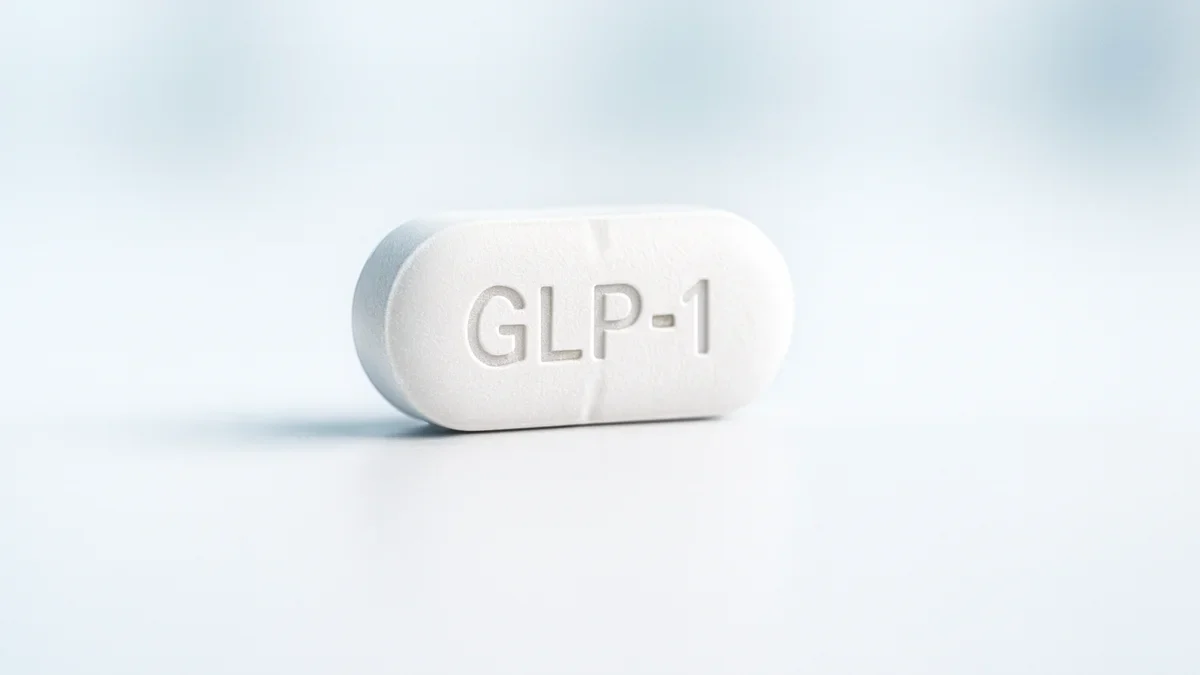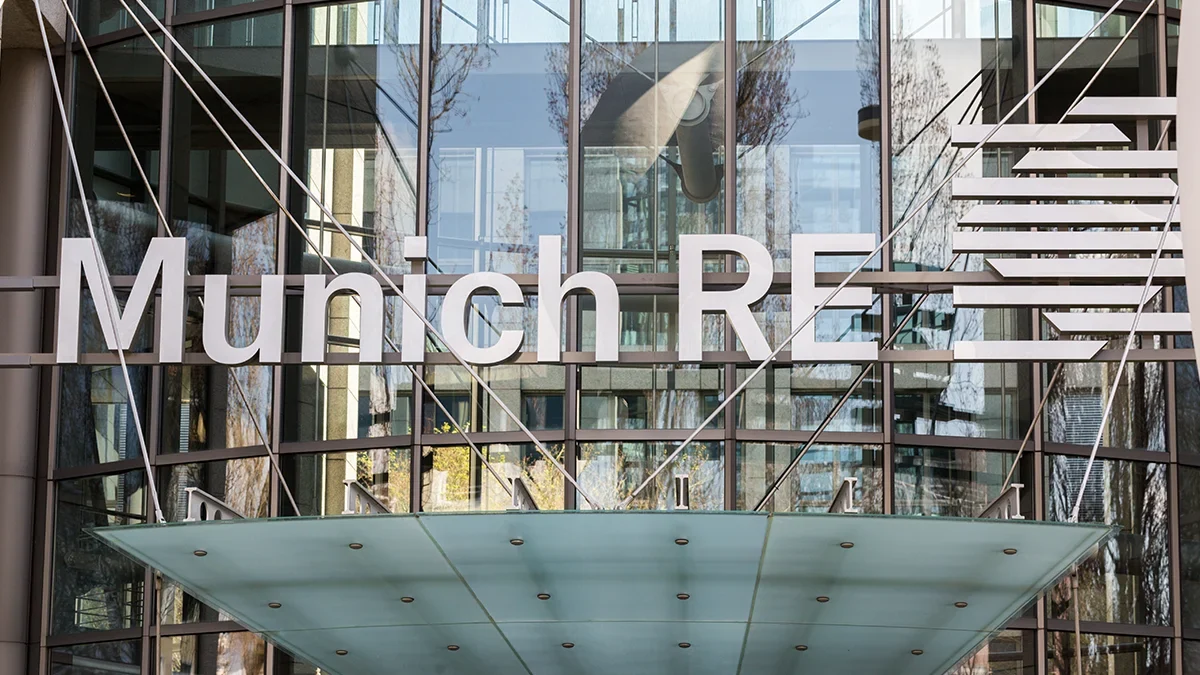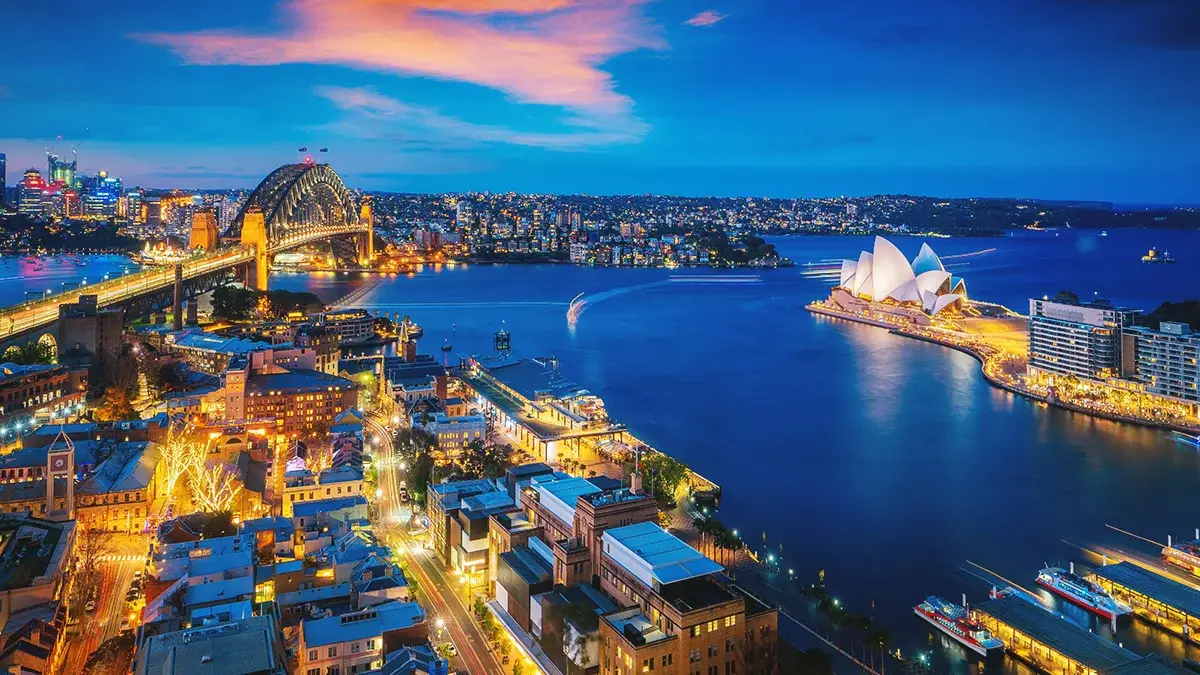(Re)in Summary
• ARTE Generali was launched in Europe in 2019.
• The product offering has so far been rolled out in Germany, France, Italy, the United Arab Emirates, Austria and the United Kingdom.
• The Hong Kong launch marks the art insurer’s initial entry into Asia, intended to meet the rising demand for coverage in the region’s expanding art market.
• ARTE Generali plans to launch elsewhere in the region, once it has gained “recognition and appreciation” from Hong Kong’s local market.
• ARTE Generali’s CEO describes the €250 of capacity that the insurer will bring to the market as “significant”.
On Thursday, Generali will launch a new insurance offering for Hong Kong’s art collectors. This represents the first time the Italian insurer brought its ARTE Generali product suite to Asia.
“Our platform has enjoyed high levels of success in Italy, Germany, France and Dubai and we have launched in the London market,” Jean Gazançon, Chief Executive Officer of ARTE Generali tells (Re)in Asia.
“So we thought to ourselves: where else is the market growing rapidly? The answer seems obvious: Asia of course.”
Data from Art Economics shows that in 2023, China—including Mainland China and Hong Kong—advanced to retake its spot as the second-largest art market globally, achieving a 19% share by value, up from third place in 2022.
The market saw a 9% increase in sales to an estimated US$12.2bn, with growth driven by a surge in activity as the economy reopened, with significant sales in the first half of the year. Despite a slower second half, China’s performance marked a recovery from a sales low of US$9.9bn in 2020, which occurred amid a wider global slowdown.

Jean Gazançon
Chief Executive Officer of ARTE GeneraliGazançon describes the €250 million (US$271m) in capacity that ARTE Generali will bring to the Hong Kong market as “significant”. This will put the insurer in the top quartile of firms active in the market, alongside Chubb and AXA XL.
“Our differentiation will mostly be on the protection services that we provide – making sure that the clients get the right external support for valuation, packaging, transportation and restoration,” says Gazançon.
ARTE Generali was set up in 2019 to, as Gazançon puts it, “combine expertise and innovation within a single platform”.
He says that what sets ARTE Generali apart is its ability to connect clients with a wide range of value-added services, including packers and shippers, art restorers and expert advice on the storage, conservation and security of masterpieces.
This is underpinned by valuation technology developed in collaboration with Wondeur AI, a Canadian start-up.
“Art remains in a category of its own, in terms of the risks that need to be understood and the technical difficulties that have to be overcome,” says Gazançon. “Our innovative service platform makes sure that clients get the right insurance protection, the right physical protection and also the right prevention services.”
Jean Gazançon
Chief Executive Officer of ARTE GeneraliLocal differences
Asia Pacific’s fine art industry is growing due to economic prosperity, emerging art hubs, and increased market sophistication. The rise of art hubs in cities such as Hong Kong, Seoul, Shanghai, Taipei, and Singapore is transforming the market, opening up new investment opportunities, and fostering a more professional approach to art collecting and investing.
However, the demand for fine art insurance appears to be lagging growth and one of the reasons is limited options and capacity provided from specialist insurers, Calvin Hui, Co-founder and Chairman of 3812 Gallery in Hong Kong, told (Re)in Asia in October.

Calvin Hui
Co-founder and Chairman of 3812 Gallery“I’ve found many collectors are lacking channels for acquiring information and knowledge of how to protect their art acquisitions and collections with art insurance,” says Hui.
“As more and more people now collect art, the market needs more dynamic insurance companies to offer more fine art and luxurious collectables products to meet the needs of the growing number of collectors,” he adds.
With its launch in Hong Kong, ARTE Generali is looking to help address the gap, with Gazançon noting there is “a significant level of under-insurance among art collectors in Hong Kong.” He added that this gap might be increasing as collections grow.
“Larger collections are often distributed across multiple locations and loaned out to different institutions. Art insurance is not a static game,” says Gazançon.
He adds that one advantage of moving into Hong Kong is that “the level of service and capacity in the market is already good but not overabundant”.
This means “the brokers will see our products and the capacity we are proposing as complementary”, Gazançon adds.
Beyond private art collectors, one segment of the market that ARTE Generali would like to capture is the art museums themselves. This is an area where Hong Kong might yield greater opportunities than European markets.
“Unlike in Europe, Hong Kong museums don’t generally benefit from state indemnity,” says the CEO. “They are all privately covered.”
There are likely to be other local differences to ARTE Generali’s offering, too.
One difference may be the way in which the insurer delivers its value-added services to clients. In Europe, ARTE Generali uses a concierge system, which means that clients are connected directly with an expert who can help arrange shipping, packing, storing and restoration of artworks.
“In Asia, since wealthy collectors often have their own staff, this may not work and we will have to look at how we adapt to it. We need to adjust our services according to how collectors are behaving,” says Gazançon.
Certain features of the digital platform may also have to be adapted to local conditions, says the CEO.
Jean Gazançon
Chief Executive Officer of ARTE GeneraliBeyond Hong Kong
Although Hong Kong is the first Asian market in which ARTE Generali is trialling its services, the CEO expects the journey won’t end there.
“Over the past 25 years, Asia has transformed into a hub for collecting art, not only in terms of the quality of galleries, art fairs but also in terms of specialised service providers such as packers, shippers, and restorers,” says Gazançon. “Hong Kong is a logical first step for us because it has a certain critical mass that will allow us to gain recognition and appreciation from the local market.”
Gazançon declined to speculate on which markets the art insurer might want to enter next, but in terms of market maturity Singapore and cities in Mainland China—such as Beijing, Shanghai and Guangzhou—could all be interesting.
“We definitely plan to expand beyond Hong Kong eventually,” says Gazançon.




